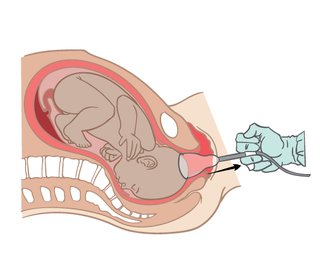A ventouse delivery is a method of assisted vaginal birth. It is also known as a vacuum-assisted birth.
Your obstetrician or midwife will recommend an assisted birth if they have concerns about your baby’s health during the birth.
Read more about assisted vaginal birth, when you might need one and what to expect.
What a ventouse is
A ventouse is a suction cup that sits on your baby’s head. The cup may be plastic or metal and is sometimes attached by a tube to a suction device.
Kiwi device
The kiwi device is the most common type of ventouse that does not use a suction machine.
The cup is attached to a hand-held pump. The obstetrician creates the suction using this pump.
What happens during a ventouse delivery
Your obstetrician will examine your baby's head position. They'll then place the cup on your baby’s head. When the suction machine gets turned on it usually makes a low sound.
During a contraction, you are normally asked to push. The obstetrician gently pulls on the ventouse to help birth your baby. It usually takes a few pulls for your baby to be born.
When your baby’s head passes through the birth canal, the suction gets released. The ventouse is then removed from your baby.

If a ventouse delivery is not successful
A ventouse delivery works well for most women. It is less likely to cause bruising or tears to your vagina and perineum. But it is not as successful as a forceps-assisted birth.
If the ventouse is not successful, your obstetrician may need to use a forceps or plan for a caesarean birth. The method chosen will depend on the situation.
If you are less than 34 weeks of gestation the ventouse is unsuitable. This is because your baby’s head is smaller and softer.
Ventouse instruments can cause a mark or a bump to appear on your baby’s head. This is called a 'chignon'. It usually disappears after 24 to 48 hours.
